Unless you live in Central New York or are an infrastructure wonk, you may have missed some pretty big transportation news. The city of Syracuse, N.Y. is set to remove a 1.4-mile stretch of Interstate 81 that has sliced through its downtown since the 1950s. In its place, a new “community grid” will reconnect neighborhoods, promote greater mobility, and improve livability, with economic benefits likely to ripple region-wide.
The announcement follows a report from the New York State Department of Transportation (the primary operator of I-81 in Syracuse), which examined several alternatives for the aging highway’s future and determined that a grid option offered a “once-in-a-generation opportunity” to enhance the region’s vitality. This is a far cry from the mid-twentieth century push to build highways through urban cores all across the country.
Indeed, as infrastructure repair and replacement costs mount nationally, the future of I-81 in Syracuse symbolizes a broader shift away from outdated approaches and projects toward novel strategies and investments that seek to expand economic opportunity and transform places.
One way or another, the existing I-81 viaduct needed to be replaced due to structural concerns, but the highway’s future took on added meaning for a variety of groups in Syracuse, its suburbs, and beyond. While concerns over traffic and business impacts dominated many conversations, local leaders also saw a chance to reimagine the region’s future by embracing new urban designs that could stitch together and revitalize one of the country’s most historically impoverished communities, where more than 40% of residents live below the poverty line.

By pushing to remove the viaduct and create a new community grid, Syracuse Mayor Ben Walsh, Syracuse University, the Syracuse Housing Authority, CenterState CEO, and others are seeking to redefine the city’s urban core. They want an urban area defined by more convenient transit and a greater mix of amenities and land uses, with an eye toward housing affordability and access for current residents. While many suburban leaders remain concerned over the reach of these efforts and whether they will simply divert more traffic and costs their way, the region has built greater consensus in recent months, and the state has reaffirmed the grid’s importance through its recent announcement.
Syracuse is not alone in seizing this type of opportunity. From Boston to San Francisco, several other cities have removed highways and realized a number of benefits as a result, including expanded public space, easier transportation access, and higher property values, among other gains. It’s not just the country’s biggest cities taking on these projects, either; New Haven, Conn. and Rochester, N.Y. are also leading removal efforts. Syracuse’s decision only adds momentum to the growing nationwide interest in community revitalization via urban highway removal.
Of course, the United States remains a nation of highways. While that’s not going to change anytime soon, there are millions of Americans who live near highways and could benefit from more affordable transportation choices, more efficient economic connections, and improved health outcomes. For example, according to Center for Disease Control and Prevention (CDC) data, more than 11 million people nationally live within a tenth of a mile (or about two blocks) from a major highway. While that total only accounts for about 4% of the U.S. population, the number and share of people can vary considerably from market to market. The Syracuse metro area, for instance, has about 20,000 residents who live near major highways—similar to national averages—while San Jose, Calif. has over 130,000 residents, or 7% of its population.

As leaders in Syracuse and New York State may focus inward on next steps for the $2 billion I-81 project, they should not lose sight of their national position. Each decision they make—in terms of project design, public engagement, and economic development—will offer guidance to other regions. Their efforts could help spur additional moves around the country to reverse the mistakes of the past by using infrastructure to reconnect our urban communities.
The Brookings Institution is committed to quality, independence, and impact.
We are supported by a diverse array of funders. In line with our values and policies, each Brookings publication represents the sole views of its author(s).
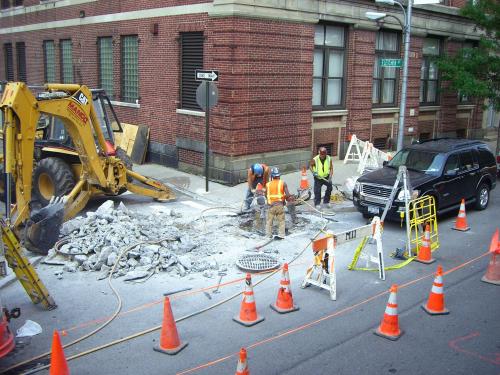
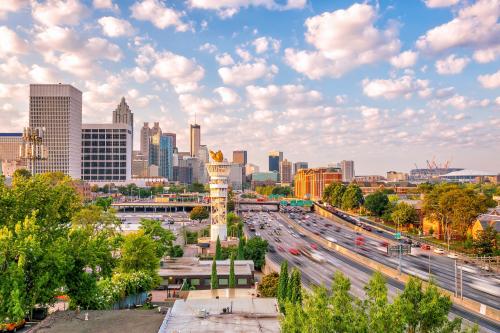
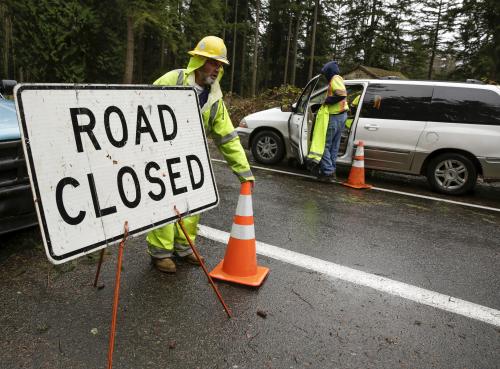

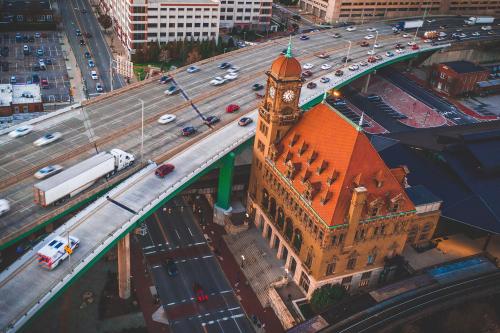
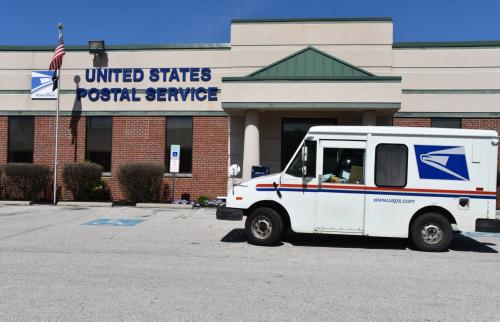
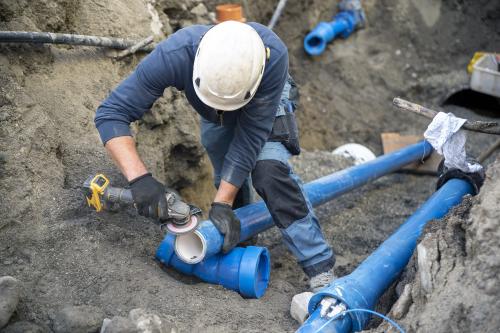
Commentary
Removing a highway and reconnecting a community: I-81 and Syracuse, NY
May 30, 2019